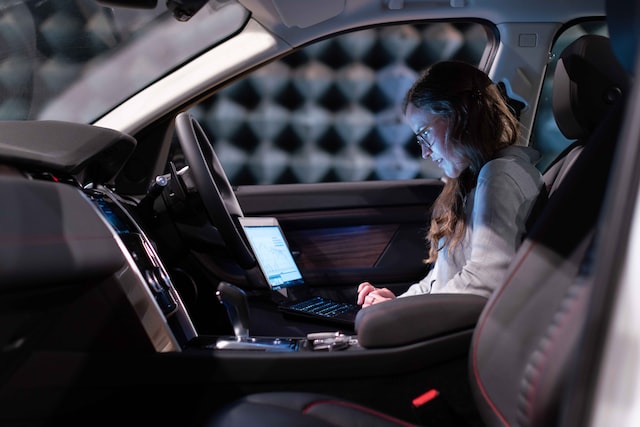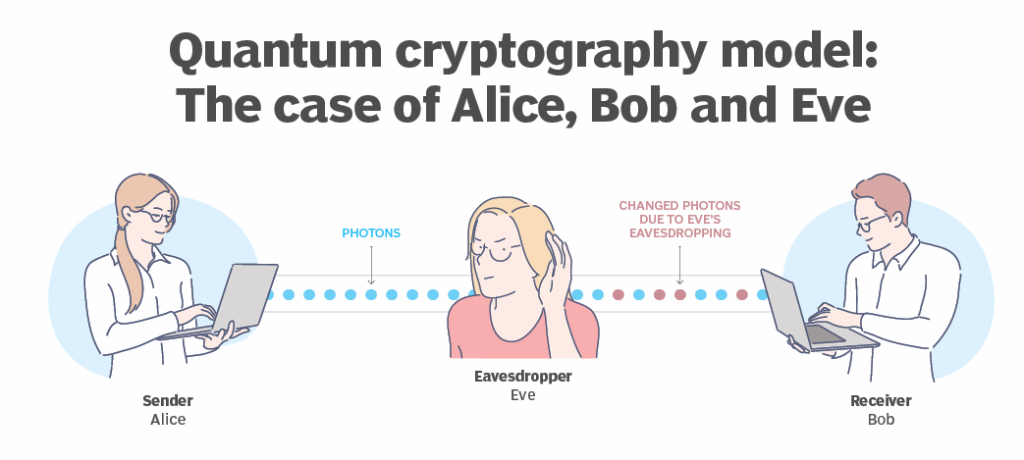The Legal and Regulatory Landscape for Autonomous Vehicles
Category : Automation
The legal and regulatory landscape for autonomous vehicles (AVs) is a rapidly evolving field that requires careful consideration of various technical and non-technical factors. In this blog post, we will explore some of the key legal and regulatory issues that must be addressed in order to ensure the safe and responsible deployment of AVs.
First and foremost, one of the key issues that regulators are grappling with is how to define and classify AVs. Different levels of autonomy exist, from Level 0 (no automation) to Level 5 (full automation). The National Highway Traffic Safety Administration (NHTSA) proposed a five-level classification system for AVs, which is intended to help regulators understand the capabilities and limitations of different types of AVs and develop appropriate safety standards and regulations.
Another major issue is the determination of liability in the event of an accident involving an AV. This is a complex issue, as different parties such as the driver, the car manufacturer, the software developer, or some combination of these parties may be held responsible. There is ongoing debate on the liability of AV manufacturers, with some arguing for strict liability and others advocating for a more nuanced approach that takes into account the specific circumstances of each accident.
In addition to these issues, regulators must also consider the impact of AVs on existing infrastructure such as roads, traffic signals, and parking facilities. AVs rely on various technologies such as GPS, LiDAR, and cameras to navigate, and these technologies require robust communication infrastructure to operate effectively. Therefore, regulators must plan for necessary upgrades and improvements to existing infrastructure to ensure that AVs can be safely deployed on the roads.
Data privacy and cybersecurity are also key concerns for AVs. AVs generate and collect vast amounts of data, including location data, sensor data, and driving behavior data. Regulators must ensure that this data is collected, stored, and used in a way that respects individuals’ privacy rights. They also must protect against cyber attacks, which could compromise the safety of AVs.
At the international level, the United Nations Economic Commission for Europe (UNECE) has adopted the first global regulatory framework for automated vehicles, the Regulation on the deployment of Advanced Driver Assistance Systems (ADAS) and Automated Driving Systems (ADS) on the roads. This regulation applies to vehicles that are equipped with ADAS and ADS and sets out requirements for the design, construction, and testing of these systems.
The legal and regulatory landscape for AVs is a complex and rapidly evolving field that requires careful consideration of various technical and non-technical factors. Governments and organizations around the world are working to ensure the safe and responsible deployment of AVs, but there is still much work to be done to address the many legal and regulatory issues that AVs raise. As the technology of autonomous vehicles continues to advance, the legal and regulatory landscape will also continue to evolve. It’s important for the industry to stay informed and adapt to the changes in regulations to ensure the safe and responsible deployment of autonomous vehicles.



Recent Comments